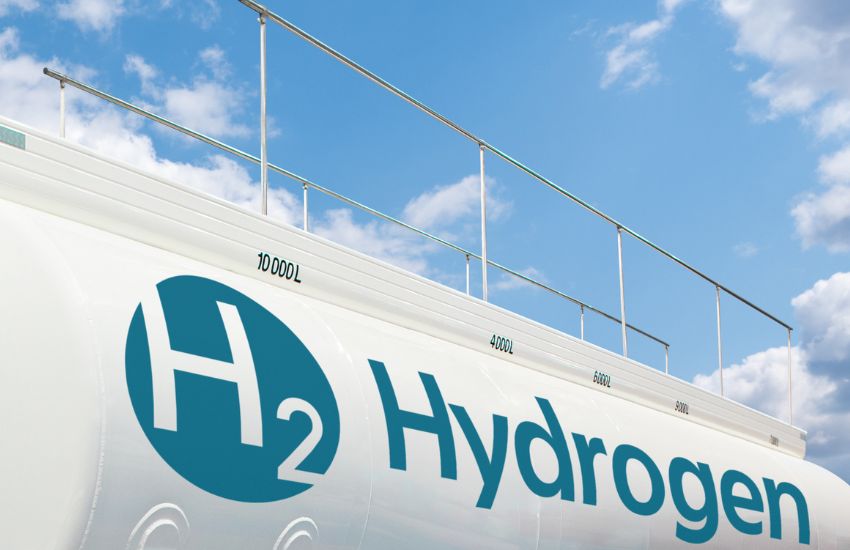A Carbon Neutral World: What Are The Opportunities For Shipping And Tank Storage?
The energy transition will create new opportunities for shipping and tank storage in a carbon-neutral world. This is part 2 of our article “Energy Transition: What Is The Impact On Big Oil?“.
This article is written by Rudi Stalmans and featured in the 2021 summer edition of Tank News International. The title of the article in the Magazine is “Shipping And Tank Storage Opportunities In A Carbon-Neutral World”.
The shipping carbon market overhaul
Shipping is responsible for around 2.5 percent of global greenhouse gas emissions and has had difficulties reducing them since low-carbon fuels are not widely available at the required scale. The shipping industry has been slow to calculate carbon emissions and other greenhouse gases from their activities. DCS and MRV requirements are now mandatory and were the first step in a substantial process to collect and analyze shipping emissions data. An overhaul in shipping is taking place, with the industry putting a price tag on shipping emissions for the first time.
The new strategic relationship between MOL and Methanex to help develop a market for methanol as a lower emission marine fuel is another indicator that the industry is adapting to the new reality.
New opportunities for tank terminals
Energy makes the world run, but our methods are changing. The current energy transition is coming with new opportunities for storage terminals. New alternatives for traditional fuels will drive new infrastructure solutions, including storage for hydrogen, ammonia, methanol, and other new products.
Hydrogen
With intensified discussions about carbon neutrality, hydrogen is at the top of the agenda for many. Green hydrogen is produced using water electrolysis to generate hydrogen and oxygen, using sustainable electricity. Transportation is the first industry hydrogen can help transform as it can be an immediate replacement for gas and diesel. Green hydrogen is a game-changer but is expensive and lacks the infrastructure to store and transport it. Storing and transporting hydrogen is not easy and must be done either compressed or cryogenic. Storing liquefied hydrogen at low temperatures is capital intensive and comparable to LNG storage.
Ammonia
Ammonia can be a zero-carbon fertilizer, fuel, and energy store. The best way to reduce carbon emissions when making ammonia is to use low-carbon hydrogen. Synthesized ammonia consists of green hydrogen and nitrogen extracted from the atmosphere. Ammonia is stored in bulk as a liquid in larger tanks at modest pressures or refrigerated. Ammonia is not the easiest product to handle, but there is already an existing global distribution network.
Methanol
Methanol is a liquid chemical used in everyday products and an energy resource used in the marine, automotive, and electricity sectors. Renewable methanol is an ultra-low carbon chemical produced from sustainable biomass, often called bio-methanol, or carbon dioxide and hydrogen produced from renewable electricity. The advantage of methanol is that it is a liquid that does not need to be compressed or chilled during storage and transport.
Other products
Other products to watch out for include e-diesel, e-kerosine, and other future fuels.
Conclusion
Being environmentally friendly means having a way of life that is better for the environment. While large corporations have an enormous role to play, we can all take small steps to make our planet a better place for our communities and future generations.
Photo Credit: Canva

